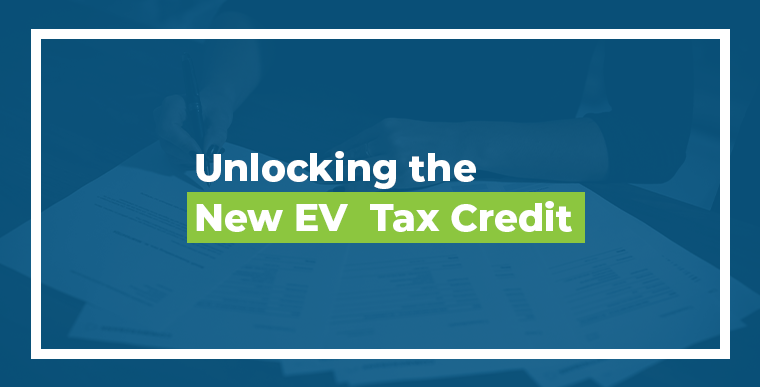
It’s very odd that the Inflation Reduction Act introduced a tax credit aimed at encouraging Americans to purchase electric vehicles that are more expensive than their combustion engine counterparts. Government often uses tax credits to drive behavioral change and getting people to adopt using electric vehicles is high on the agenda. This credit provides up to $7,500 as a tax credit for the purchase of an EV, significantly reducing the purchase price for many buyers.
Unfortunately, I have had a number of clients come to me at tax time looking to claim the credit only to find out that they were not eligible or did not have a tax liability great enough to take advantage of this non-refundable tax credit. There is a back-door method to getting around these challenges, so read this article to understand your situation before rushing out to get yourself behind the wheel of a brand new Tesla.
The new credit has a number of guidelines that I will outline. Some of these are date dependent. For the sake of keeping this article short, I am only providing the details for a purchase made today, please consult your tax professional for vehicles already placed in service in 2023.
- MAGI Limit – The credit is limited to people with a MAGI below $300,000, $225,000 or $150,000 for married filing jointly, head of household or single/married filing separately, respectively. (A C-Corp buying the vehicle has no income limitation.)
- MSRP Cap – The manufacturer sticker price must be within the MSRP Cap of $80,000 for vans, SUVs and Pickups or $55,000 for all other vehicles. A dealer discount does not help to get you within the MSRP Cap.
- Domestic Assembly and Components Rule – The vehicle must have its’ final assembly take place in the US as well as have the battery or minerals sourced in the US. If only one of these is true for a given vehicle, the credit is reduced to $3,750. Only 23 vehicles meet both requirements as of the date this article was written.
- Dealer Submission – Clean Vehicle Tax Credits must be initiated and approved at the time of sale. Buyers are advised to obtain a copy of the IRS’s confirmation that a “time-of-sale” report was submitted successfully by the dealer. (IRS Publication 5900)
What if you earn too much or too little? If your income exceeds the MAGI cap or your tax liability is less than $7,500, you can still receive the tax credit using a back-door lease. A commercial leasing company can claim the credit for buying an EV and then leasing it to you. The commercial credit available to a leasing company does not have the same MSRP Cap or US Sourcing rules and can also be used to bypass these requirements. The leasing company can pass the credit on to you via a lower lease payment. Of course, leases can easily hide this, so be a knowledgeable buyer and use a leasing company that you know is doing right by you.
There is also a credit available for purchasing a used EV. There are a number of rules surrounding the used vehicle credit that I will not expound on here. Please check eligibility before making a purchase.
Finally, as mentioned in the back-door lease above, a business claim for credit is not subject to the battery and mineral sourcing requirements, does not have the MSRP Cap and may avoid the income limitations.
As you can see, making a vehicle buying decision has gotten significantly more complicated as many EV purchasers will not be able to claim the credit. If you want a reputable tax preparer that has your back, please contact my office and we can discuss how we provide personalized and reputable assistance with your unique tax situation. See our full-page ad in this week’s magazine.


